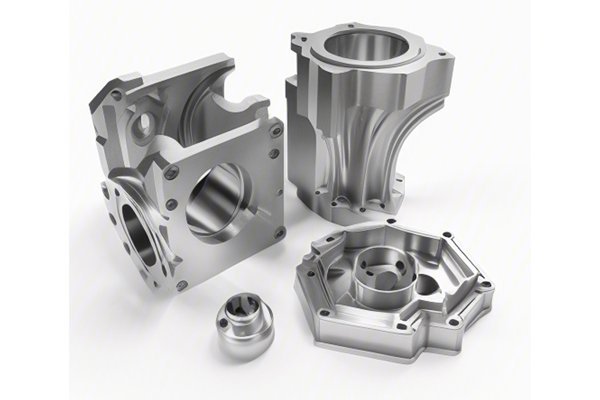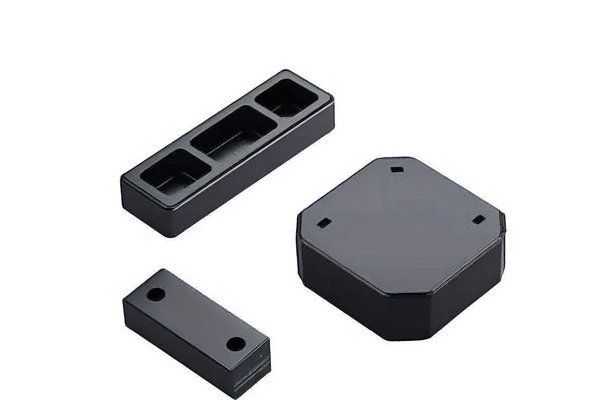—
Did you know that even a tiny misalignment of just 0.1mm in the clamping process can result in dimensional inaccuracies that are magnified as the machining process continues? In the precision-driven world of CNC machining, errors as small as a millimeter can lead to significant issues, impacting product quality, lead times, and overall costs. Therefore, ensuring optimal workpiece clamping and positioning is not merely a procedural necessity—it is essential for quality assurance and operational efficiency.
This blog will explore various techniques, strategies, and technologies to optimize workpiece clamping and positioning in CNC machining. We will delve into the mechanisms that ensure your components are held securely and accurately, thus enhancing the overall machining process.
—
Understanding the Importance of Workpiece Clamping and Positioning
Clamping is the action of securing a workpiece onto the CNC machine bed or fixture before beginning the machining process. A secure lock prevents any movement, allowing for precise machining. Inadequate clamping can lead to vibrations, shifting, and ultimately flawed components. Here are some crucial factors that underscore its importance:
Positioning encompasses the exact location of the workpiece on the machine. It plays a key role in:
—
Key Techniques for Optimizing Workpiece Clamping and Positioning
Different CNC applications require distinct types of clamping systems. Here are several popular options:
Solution: Analyze the specific requirements of your project beforehand. Evaluate material type, dimensions, and desired tolerances to select the most suitable clamping system.
Fixturing is an overarching process that involves designing the support that holds the workpiece in place. Advanced techniques include:
Solution: Invest time in designing fixtures that address particular aspects of your production processes to enhance repeatability.
Sensors can aid in detecting misalignment and ensuring accurate positioning. Some available options include:
Solution: Integrate sensor technologies with your CNC machines to facilitate real-time monitoring and quick adjustments when required.
The machine settings you choose can significantly affect clamping and positioning. Key parameters to consider include:

Solution: Understand and optimize your CNC machine parameters to create a stable environment that supports accurate clamping and positioning.
—
Challenges and Solutions in Clamping and Positioning
Finally, the significance of skilled operatives in achieving the desired machining accuracy cannot be understated. Operators must be trained:
Solution: Regular training sessions should be part of your operational agenda to sustain accuracy and productivity.
—
Technology and Innovations in CNC Clamping and Positioning
With advancements in technology, automation plays a vital role in enhancing clamping and positioning. By utilizing Autonomous CNC systems, companies can achieve higher levels of precision and significant reductions in cycle times.
Solution: Embrace technological advancements to stay competitive in the changing landscape of CNC machining.
Designing fixtures with CAD/CAM software allows for detailed simulations before manufacturing takes place. This ensures that the clamps function properly in conjunction with machining paths.
Solution:* Leverage CAD/CAM to empowermaking of data-driven decisions for your clamping systems.
—
Achieving optimal workpiece clamping and positioning is an intricate aspect of CNC machining that directly influences product quality, operational efficiency, and cost-effectiveness. By selecting the right clamping systems, employing advanced fixturing techniques, utilizing sensor technologies, optimizing machine parameters, and investing in employee training, businesses can mitigate challenges associated with CNC machining inaccuracies.
In a world where precision matters, professionals in the CNC machining industry must remind themselves of the importance of clamping and positioning processes—because neglecting these aspects can result in losses that impact profitability and client satisfaction. By implementing the solutions and strategies outlined in this blog, manufacturers can ensure their products meet the stringent demands of modern industries.
Take action today! Reassess your clamping and positioning practices, incorporate leading-edge technology, and bolster your teams’ skills. It’s not just about machines and materials; it’s about realizing success through precision in every action taken.






